Introduction to Table Scroll Saws
A table scroll saw is a specialized cutting tool designed for precision work, enabling intricate cuts and creative shapes in various materials, primarily wood. This versatile equipment is a staple in workshops and wood manufacturing settings, where detailed cutting is paramount.
Types and Applications
Scroll saws come in various models, each suited to specific tasks and materials. From intricate inlay work to fine fretwork, these saws are integral in crafting detailed designs and decorations. Their applications span from creating custom jewelry boxes to architectural millwork, showcasing their versatility in both hobbyist and professional domains.
Features and Design
The design of a table scroll saw emphasizes functionality and user control. Features such as variable speed settings, tilting tables, and dust blowers enhance the user experience. The throat size and depth of cut are critical specifications that determine the saw's capacity, catering to diverse project requirements.
Materials and Construction
Constructed to accommodate precision, scroll saws are built with materials that ensure stability and durability. The blades, ranging from standard to pin-end types, are designed to make clean cuts on wood, plastic, and metal, with the material of the blade varying according to the intended use.
Advantages of Using a Table Scroll Saw
Utilizing a table scroll saw brings efficiency and precision to woodworking projects. The reduction in manual labor and the ability to produce consistent, accurate cuts are among the primary benefits. Additionally, the saw's compact design allows for better space management in a workshop setting.
Choosing the Right Table Scroll Saw
Selecting the appropriate table scroll saw involves considering factors such as the saw's throat size, blade types, and the material thickness it can handle. Prospective buyers should assess their project needs to find a suitable model that aligns with their cutting requirements.
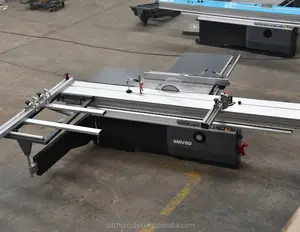


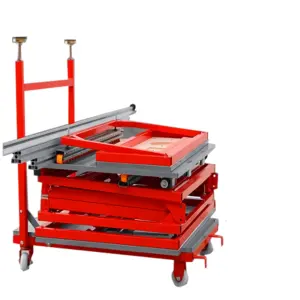






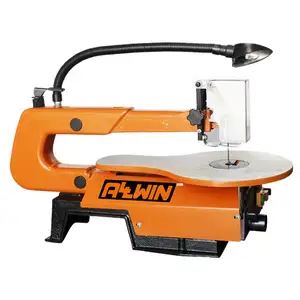
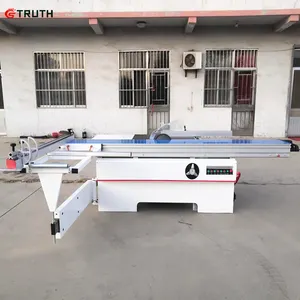











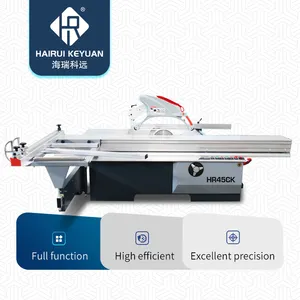


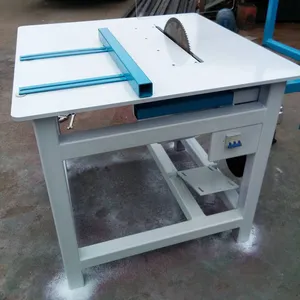




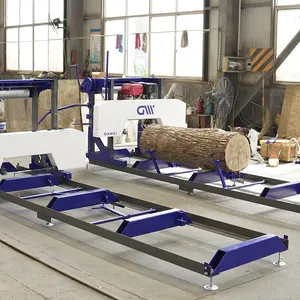


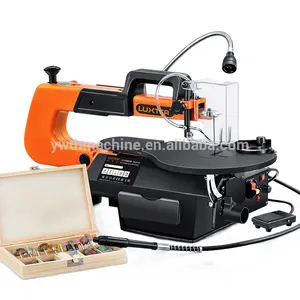

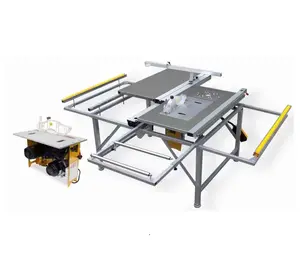






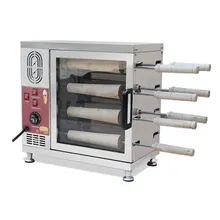

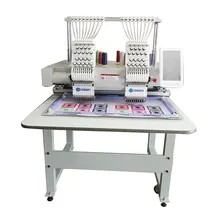





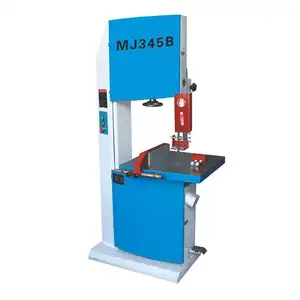
























 浙公网安备 33010002000092号
浙公网安备 33010002000092号 浙B2-20120091-4
浙B2-20120091-4